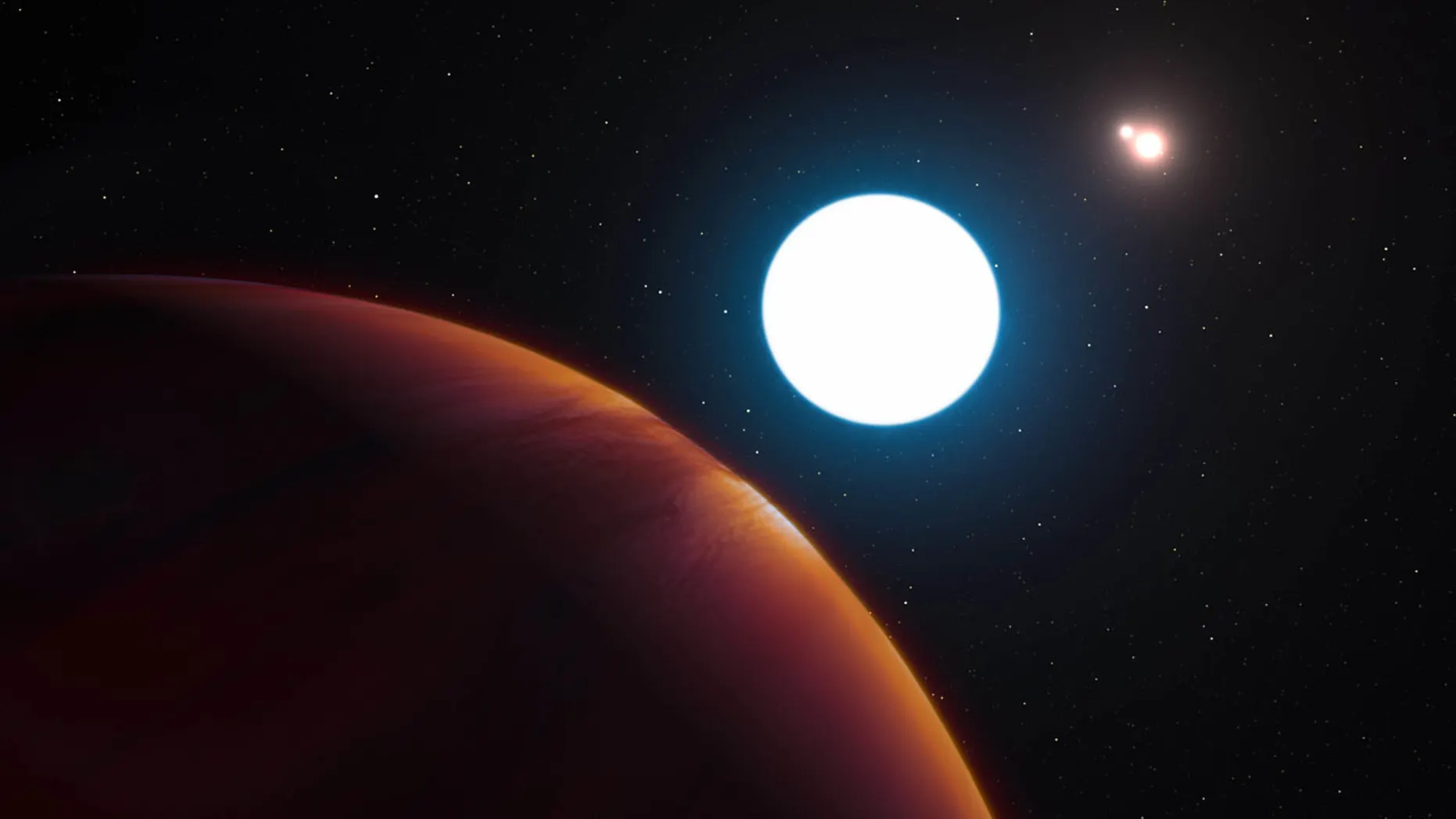
When Kevin Wagner at the University of Arizona and colleagues published a paper in Science about their discovery of a new planet in 2016, it captured the attention of a lot of science writers.
Finding the object – HD 131399 – meant that “astronomers have discovered a planet with an even more exotic sight on its horizon: a triple sunset,” in the words of The New York Times.
Or, as the AP put it, “a planet with triple sunrises and sunsets every day for part of the year.”
But a 2017 paper found that HD 131399 Ab was not a planet at all: It “is a background K or M dwarf” – in other words, a star. That finding led Wikipedians to change the classification. And in a paper published earlier this year, Wagner and his colleagues agreed:
Here, we report additional observations in support of this hypothesis. Our extended time baseline covers several years and displays a clear parallax difference between this object and the HD 131399 system that is most notably seen in the plot of position angle versus time (Figure 4). This confirms that it is indeed a background object. HD 131399 and its planet-hosting classification history carry a useful lesson, as assumptions of a stationary background are still commonly assumed. The background object has an approximate proper motion of −5 mas yr−1 and −11 mas yr−1 in R.A. and decl., respectively, and an parallax of ≲1 mas (i.e., a distance of ≳1 kpc and a 2D relative velocity of ≳57 km s−1 with respect to the Sun). This motion is aligned with the system such that initial common proper motion tests yielded an incorrect classification of the object as a likely bound companion.
Now they have retracted the paper, which has been cited 55 times, according to Clarivate Analytics’ Web of Science. Here’s the notice:
In the Research Article “Direct imaging discovery of a Jovian exoplanet within a triple-star system” (1), we identified a gas giant exoplanet in the star system HD 131399. Follow-up observations by another team (2) showed that the detection could have been a false positive. The object might instead have been an unusually fast-moving background source, whose motion is coincidentally aligned with HD 131399, causing it to pass our common proper motion tests. We have now obtained additional observations of the system, spanning a longer time period (3). These show that the primary star, HD 131399A, has a parallax at least several times greater than the putative exoplanet, indicating that they are at substantially different distances. This confirms that the object is a background source, not an exoplanet associated with HD 131399. We are therefore retracting the Research Article. All authors agree with this retraction.
In 2016, Daniel Apai, one of Wagner’s co-authors, speaking about the cumbersome name for the planet, told the CBC:
“Informally, we called it “The Planet,'” Apai said in an email. “But with more possible planet candidates in sight, we will have to change this soon.
Indeed – although for entirely different reasons.
Update, 4/17/22, 1900 UTC: Wagner and Apai corrected a different paper, this one in Nature Communications, last year.
Like Retraction Watch? You can make a one-time tax-deductible contribution or a monthly tax-deductible donation to support our work, follow us on Twitter, like us on Facebook, add us to your RSS reader, or subscribe to our daily digest. If you find a retraction that’s not in our database, you can let us know here. For comments or feedback, email us at [email protected].